The first rule of geocaching is to never talk about geocaching. The millions of players involved in this game are advised to keep their hiding and seeking discreet and covert. Intrigued? Well, I am going to spill some well-kept secrets.
What is This Treasure Hunt You Speak Of?
Geocaching is a real-world, no-contact game of hide-and-seek between a multitude of neighbors and strangers. Players use GPS technology, either via an actual GPS or their smartphones to find caches. These are essentially small, waterproof containers with items that other players hide in hard-to-find places. Popular places for this include northern New Jersey include parks, hiking trails, even road signs and guardrails. If someone happens to be walking by, since you don’t know who could be playing, you pretend to be bird-watching, smelling a flower, admiring a tree – you get the picture.
Geocaching celebrated its 20 year anniversary in 2020 and has seen a dramatic increase in participation since the start of the pandemic. For those who have had one too many staycations, geocaching gives you a way to interact with your community and enjoy the outdoors. In fact, you don’t even have to like hiking or be outdoorsy, most people enjoy the thrill of finding a unique and hidden treasure. It’s not just a physical challenge, it’s a mental exercise as well. This game can be played year-round, but may be difficult after a snow or ice storm because caches may be hard to get to, although the super competitive people out there might just don their snowshoes, and head out with their ice pick and shovel.
As of today, there are more than three million geocaches hidden worldwide. Ready to play? Here are some tips.
How it Works
There are various places online where you can find starting points for geocaches.
- Geocaching.com: This is the official website and where you can find the most comprehensive information. It comes with an app for iOS and Android devices. There is a free download and some free caches, but the $30 annual membership unlocks more.
- Cachly: This app is only for an iPhone, costs $4.99 and has free caches.
- c:geo: This app is only for Android with a free download and free caches.
- Navicache.com: For those who want to play on a hand-held GPS device, this is one of a few databases online that provide cache coordinates.
- Skylands Visitor has an article explaining geocaching in great detail. In the meantime, below are some basic terms you need to know.
- Geocaching Fact Sheet: This sheet has everything you need to know about the game and the rules.
Basic Gist of the Game
Listed below are the basic terms of Geocaching.
- Cache – this is the treasure. Usually, it will be placed in a metal box, Tupperware, or another type of waterproof container. Caches are rated 1 through 5 based upon their difficulty.
- Founder – the person who places the cache. This person will post the coordinates of the cache online, and a few clues on how to get to the site.
- Hitchhiker/Traveler – a note inside a geocache that suggests for the finder to take their item to another geocache they locate.
Your GPS will generally get you within 30 ft of the cache and will come with instructions (look to the east of a certain road).
Different Types of Geocaches
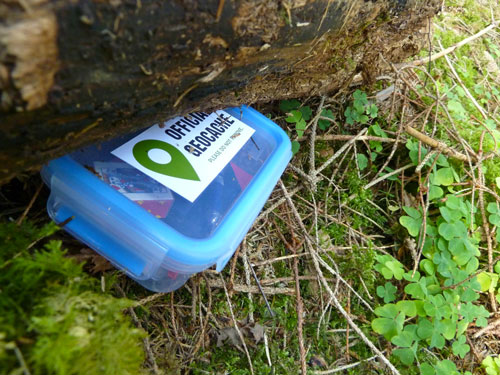
So, what are you looking for? Currently there are more than a dozen different types of caches, but just to give you an idea, we will start with the four most common.
- Traditional – caches will be placed in a container and will contain a logbook. These geocaches are the most common and uncomplicated.
- Mystery or Puzzle – usually involves multiple puzzles that you’ll need to solve before finding the coordinates of the actual cache. These puzzles range from a math problem to a Sudoku puzzle to having to contact another player for further clues.
- Multi-Cache – caches are at two or more locations. They are like the mystery and puzzle caches and will involve a series of clues and can involve more than one player.
- Event – local geocachers gather at a specific coordinate, and the event is archived by the founder.
These are the most common types you’ll find throughout New Jersey. There are other ones that are a bit more complex and may require you to take extra steps before visiting the caches. Once you find the cache, whether it’s taped underneath a guardrail or camouflaged within a pile of leaves or slipped inside a hollow log or even hidden in plain sight – you check it off your list on your app.
Tell Me More About the Hidden Treasures
Caches come with a logbook that will show you all the players that were there before you and inside will be a little treasure. According to some forums the secret swag inside can include anything from McDonald toys, keychains, trading cards and coins, to rare cash items and gift cards ranging from $5 to $100, semi-precious stones, and even fossils.
However, hardcore players are hoping to find geocoins and travelbugs.
The point is – you’ll never know what you will find. And the name of the game is to take something and leave something of equal value. Return the cache back to its original hiding place and do your best to camouflage it.
The Best Geocache Spots in New Jersey
New Jersey boast some of the best parks, hiking trails and nature reserves in the country. Here are some of the most popular hiding places in northern New Jersey.
Morris County: Tourne County Park
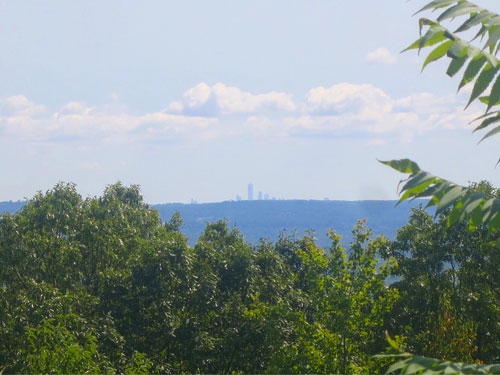
Tourne County Park is a great spot for geocaching and is also a popular trail for residents of Denville, Boonton, and its surrounding areas. There’s a multi-cache here called Needful Things that’s great for first time geocachers. After your cache, stick around to catch a glimpse of the NYC skyline or during the spring, check out wildflowers.
Somerset County: Washington Rock Park
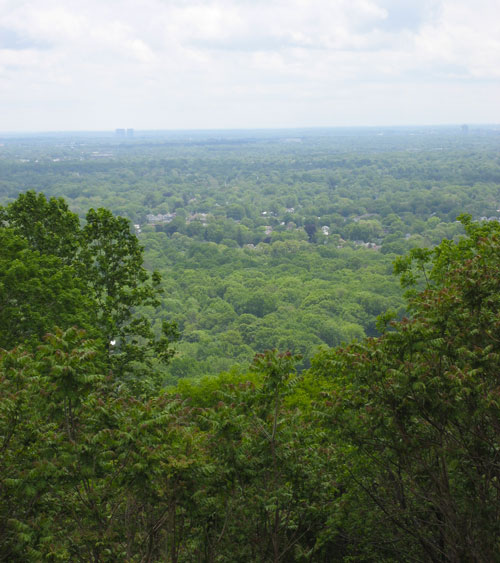
Have some spare time? Washington Rock Park in Green Brook is the starting point for the Central Jersey Cache, which involves three other points throughout Central Jersey. The park is also a historic site as it is where General George Washington saw the British army head towards Westfield during the Revolutionary War. No digging is necessary to find this cache.
Bergen County: Ramapo Valley County Reservation
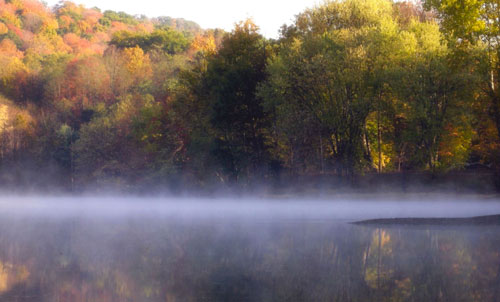
This is another hotspot for multi-caches. Ramapo Valley County Reservation is also home to New Jersey’s first ever geocache spot, the Gerbil Cache. This cache was hidden over 20 years ago and remains active to this day. The entrance to the park is located just off Route 202, but make sure to look up your desired caching locations before you go, as the park spans over 4000 acres.
Middlesex County: Cheesequake State Park
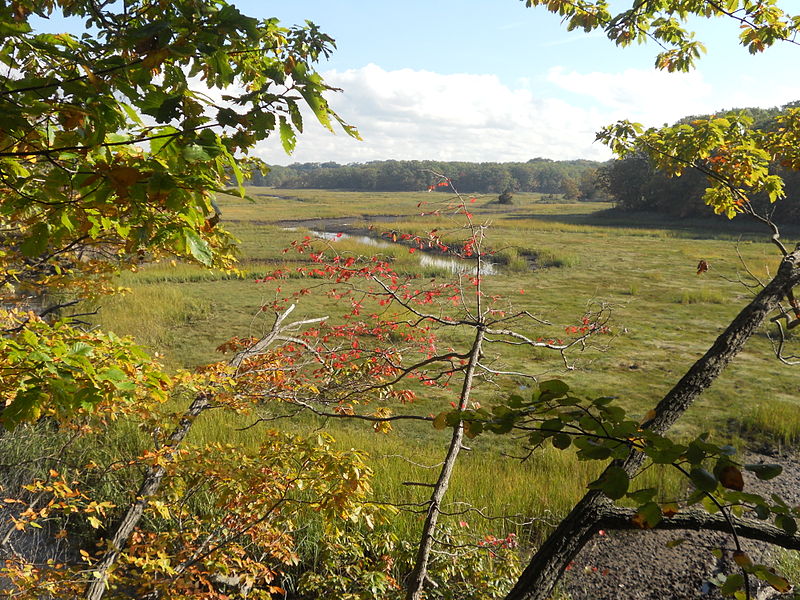
If you don’t mind getting a little wet or muddy, then the swamps of Cheesequake State Park are a perfect geocaching spot for you. Located on the border of Middlesex and Monmouth Counties in Old Bridge, there’s a great multi-cache called Melvin’s Multiple Madness that will take approximately 3 to 4 hours to complete. There are a few other notes that you should take into consideration:
- Park closes at dusk. Allow plenty of time to complete the cache.
- Try to complete this cache during low tide (you can find tide charts here.)
Note that the places above are common “hotspots” where geocaches can usually be found. This does not guarantee that there is a geocache available at any given time.


